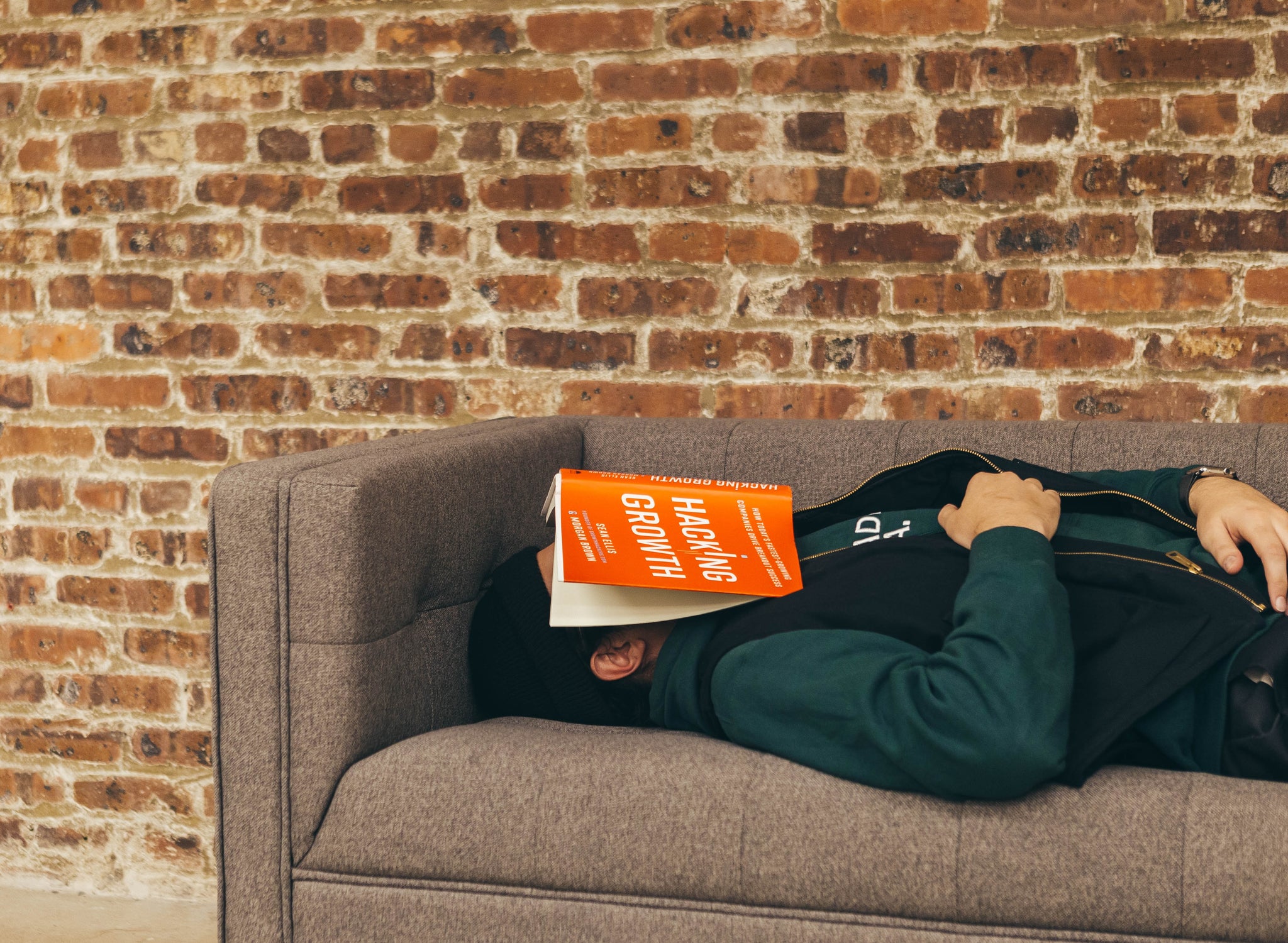When it comes to managing obstructive sleep apnea, there are some things you can easily control. For example, you can choose whether or not you’ll use a CPAP machine to keep your symptoms in check. You can choose to make healthy lifestyle changes, such as exercising to lose weight or stopping alcohol use, to reduce the severity of your symptoms.
But one area that is often overlooked is the position you sleep in during the night. If you sleep on your back, you could be making your sleep apnea symptoms worse — while sleeping on your side could actually reduce the number of breathing interruptions you experience.
Here’s what you should know about how sleeping on your back affects obstructive sleep apnea, and how you can start sleeping in a better position.
The Connection Between Back Sleeping and Obstructive Sleep Apnea

Of all the positions you could sleep in — your back, side, or stomach — back sleeping is generally considered to be the worst for those with obstructive sleep apnea.
As the Sleep Foundation reports, “In this position, gravity can cause the tongue to fall back in the mouth where it can obstruct the flow of air through the throat. As a result of its narrowing effect on the airway, back sleeping can also worsen snoring. […] Research shows that CSA-related breathing problems occur more frequently when you are on your back.”
In fact, the same report from the Sleep Foundation notes that for more than half of people with obstructive sleep apnea, symptoms become more severe when sleeping on their back. Gravity not only increases the likelihood of the tongue falling back and blocking the throat, but it can also pull the soft tissues of the neck down around the throat, increasing the likelihood of an obstruction.
In direct contrast to this, sleeping on your side is reported as being able to reduce snoring and the number of breathing disruptions you experience during the night. Much of this is attributed to the fact that gravity’s influence on the soft tissues in the mouth and throat makes them less likely to move into a position that will block the flow of air.
How to Sleep on Your Side Instead of Your Back

Sleeping on your back doesn’t have to be a completely bad thing for individuals with sleep apnea. Back sleeping can help reduce lower back pain, and sleeping on your back with your head elevated can also reduce the risk of acid reflux. Back sleeping with the head elevated to a 60 degree angle can also reduce the likelihood of gravity leading to breathing disruptions. Sleeping with a raised pillow or in an adjustable bed where you can raise the elevation of your head can improve sleep apnea severity, even without switching sleep positions.
However, for individuals with severe obstructive sleep apnea, it is often better to try to sleep on your side instead. But how can you control your sleep position while you are asleep? After all, even if you try to fall asleep on your side, you could still roll onto your back during sleep — and then you’d be in the same problematic position you were in before.
Fortunately, there are a variety of solutions that can help address the tendency to roll onto your back during sleep, ensuring that you remain in an optimal position for mitigating obstructive sleep apnea.
For example, many people will use a body pillow or a wedge pillow that helps them stay in a side sleeping position. Others may even wear a T-shirt with pockets. By wearing the shirt with the pockets in the back and then inserting a tennis ball, you create an instant source of discomfort if you try to roll onto your back — encouraging you to stick with a side sleeping position during sleep.
Positional sleep therapy devices also present an interesting potential solution. These products are generally strapped to the user’s chest. With some versions, the back of the “belt” may have a form of padding or cushion that makes it uncomfortable to roll onto one’s back. Other devices are triggered to deliver gentle vibrations when sleeping on the back is detected, with the vibrations serving as a trigger that encourages the sleeper to roll back onto their side.
In some cases, those with mild sleep apnea may be able to eliminate breathing interruptions entirely, simply by switching to a side sleeping position. Even for those whose breathing interruptions aren’t eliminated, side sleeping can reduce the number of interruptions experienced each hour.
Changing Positions For Better Sleep
While sleeping on your side instead of your back can certainly help improve obstructive sleep apnea symptoms, it won’t necessarily be enough to make your apnea “go away.” For many people, continuing to use a CPAP machine will be essential, regardless of which sleep position they find most comfortable.
Fortunately, purchasing a CPAP machine and accessories such as masks and tubing doesn’t have to become a back-breaking expense! With Help Medical Supplies, you can enjoy big discounts on top brands like ResMed and 3B Medical, as well as free shipping on most orders of $99 or more. Orders of $500 or more may also qualify for interest-free financing, allowing you to split your purchase into more manageable monthly payments.
With the right equipment and some extra focus on your sleep hygiene, you can improve your sleep quality so that each night helps you truly rest and recover.

